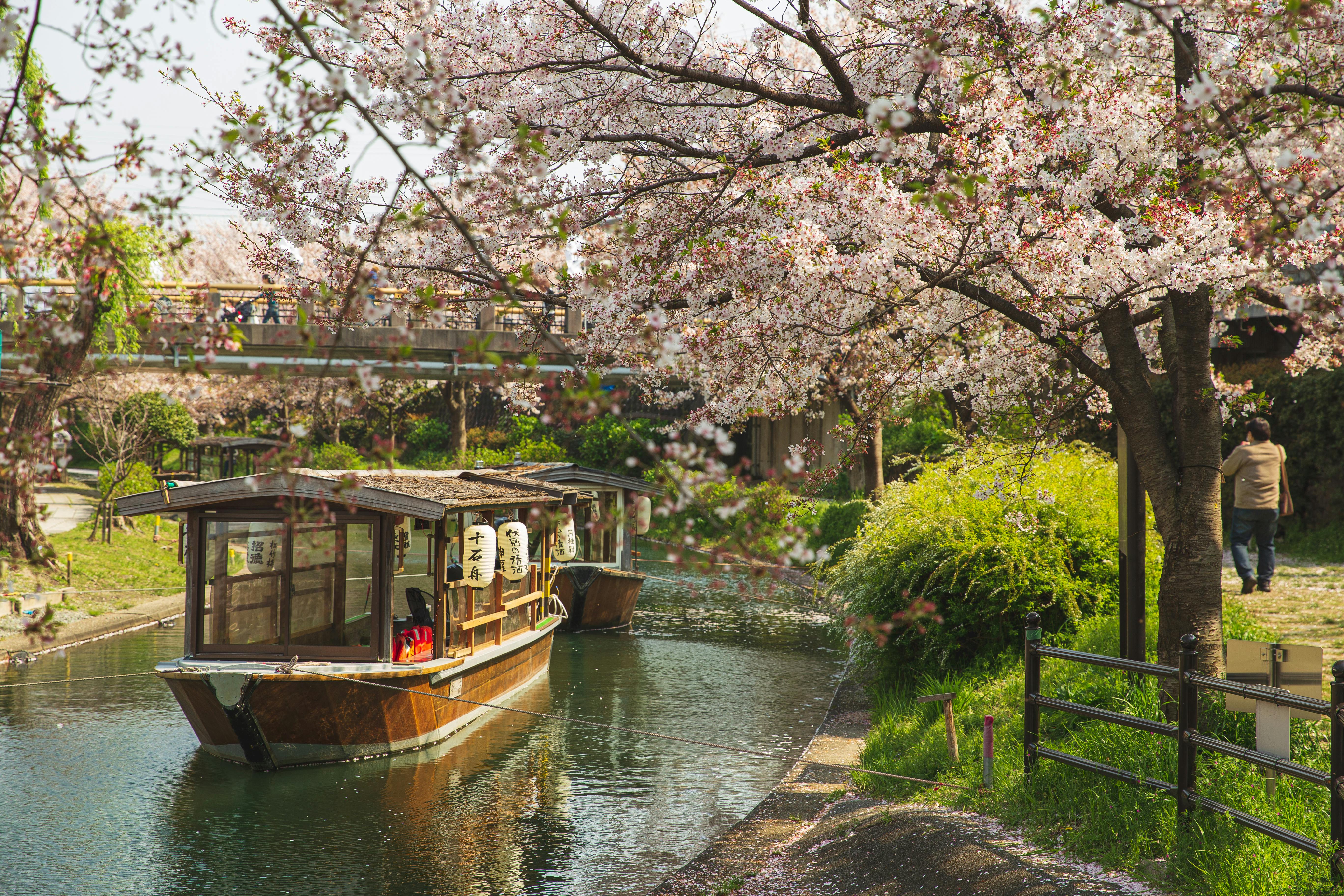Rediscovering the Charm of Canal Travel: A Modern Take on an Old-World Adventure
Traveling is an art form, a way of life that combines adventure, relaxation, learning, and the joy of discovery. Among the myriad ways to explore our beautiful planet, canal travel stands out as a unique, captivating, and often overlooked method of journeying through captivating landscapes. This article delves into the historical context, current trends, and practical applications of canal travel while providing a fresh perspective on its benefits and challenges.

The Historical Context of Canal Travel
Canal travel has a rich history, dating back to ancient civilizations. The Egyptians, Romans, and Chinese all recognized the strategic and economic importance of canals, using them for trade, irrigation, and transportation. Fast forward to the 18th and 19th centuries, during the Industrial Revolution, canals played a pivotal role in transporting goods and people in Europe and America. However, with the advent of modern transportation methods, the commercial importance of canals faded, and they gradually became more associated with leisure and tourism.
Canal Travel Today: Trends and Insights
While canals may no longer be the industrial powerhouses they once were, they have experienced a resurgence as a unique and tranquil form of travel. From the serene waterways of the Netherlands and Belgium to the picturesque canals of England and France, canal travel offers an unparalleled opportunity to explore the heart of these countries at a leisurely pace. Canal cruises are gaining popularity, offering a blend of luxury, history, and scenic beauty that is hard to resist.
Advantages and Challenges of Canal Travel
The benefits of canal travel are numerous. It offers a slow-paced, intimate exploration of a region’s landscapes and culture. Canal boats or barges are often well-equipped with modern amenities, ensuring comfort while maintaining the charm and romance of a bygone era. Moreover, canal travel is a sustainable option, with low environmental impact.
However, canal travel also presents certain challenges. Navigating locks and bridges can be a steep learning curve for beginners, and the slow pace may not suit everyone’s taste. Additionally, planning a canal trip requires careful consideration of routes, boat hire, and local regulations.
Practical Applications and Impact on Travelers
Canal travel offers a unique experience that leaves a profound impact on travelers. It allows them to disconnect from the frenetic pace of modern life and reconnect with nature, history, and local cultures. The slow pace of canal travel fosters mindfulness and relaxation, proving therapeutic for many.
Canal Travel Tips and Insights
- Select your route carefully. Research the canals, their history, and the sights along the way to make the most of your trip.
- Consider hiring a boat with a skipper if you’re inexperienced in handling a canal boat.
- Check the weather forecast before your trip. Canal travel is best experienced in good weather.
- Pack appropriately. Remember, space is limited on a canal boat.
- Respect the canal etiquette. This includes not speeding and being considerate of other boaters.
In conclusion, canal travel offers a unique, immersive, and peaceful way to explore a country’s landscapes and culture. While it may present certain challenges, the rewards are undoubtedly worth it. As travelers seek more meaningful and sustainable travel experiences, canal travel offers a charming, nostalgic alternative to the hustle and bustle of traditional tourism. Rediscovering this old-world adventure could indeed be the fresh perspective you need for your next travel escapade.





